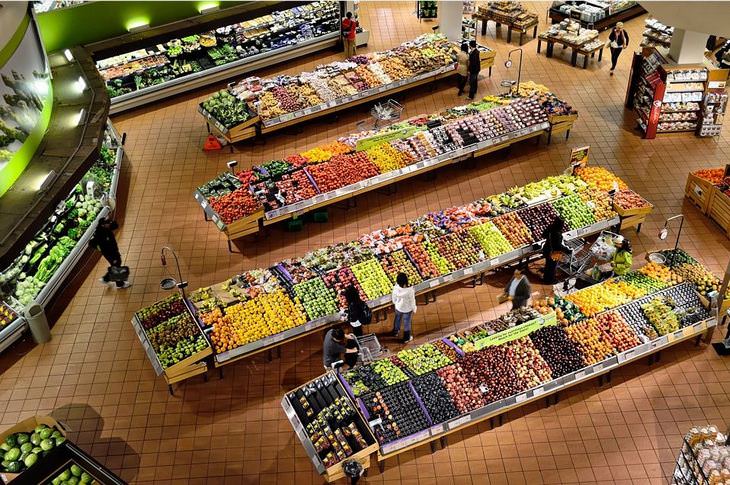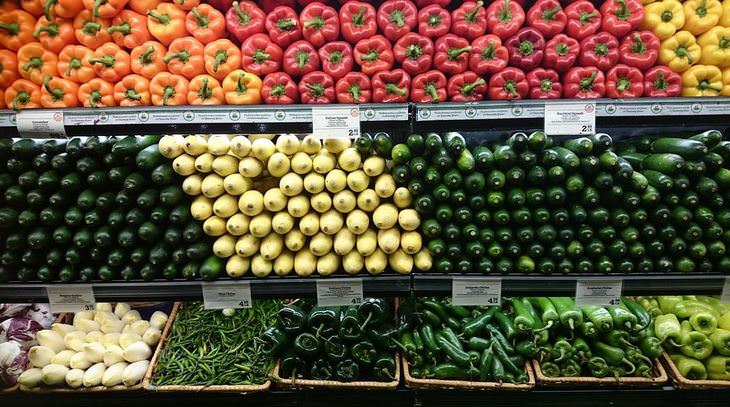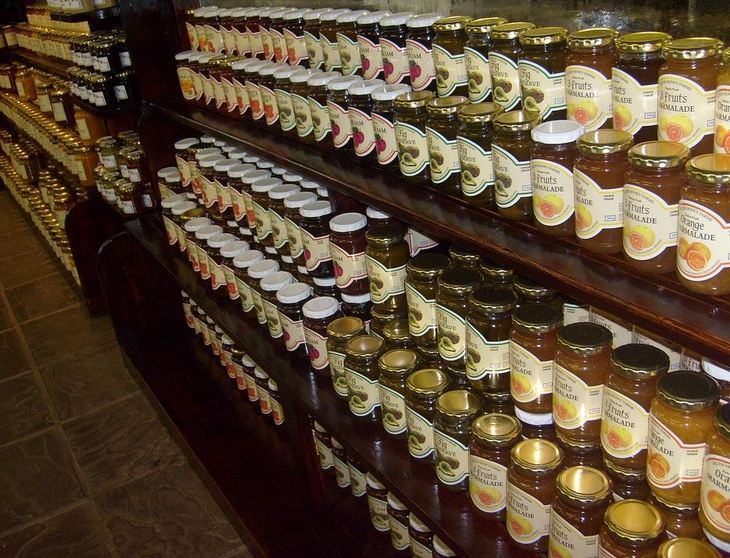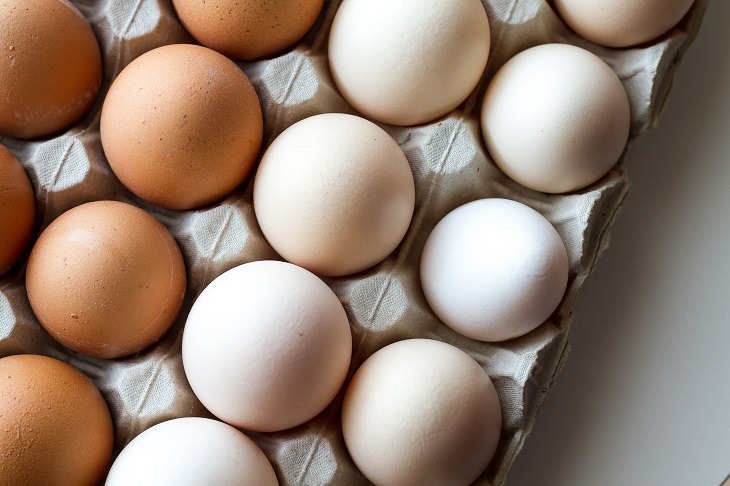
Buying food in retail chains is like a trip to the land of unlimited possibilities; The shelves, which are arranged and packed with all the goods, alongside the colorful vegetable stands, create the illusion that the products have already passed all the necessary tests to verify their quality and that there is no longer any need to examine them further. Unfortunately, this is not the case ...
Although the products have undergone preliminary quality checks, they can be damaged in the process of transportation or storage, so, even if the product looks good and it isn’t past its expiry date, this does not indicate its quality. In order not to purchase defective or damaged products that may harm your health, you should pay attention to the 10 signs in the next article, thus saving yourself lots of frustration.

Mayonnaise is a very sensitive product and storing it in unsuitable conditions may be dangerous so, before purchasing, check the storage instructions for the product before and after opening. Don’t purchase a jar of mayonnaise that looks bloated or one which has a little mayo leaking out of it.
If the mayonnaise is stored in a transparent jar, make sure the contents are uniform in texture, free of liquid and not discolored. Ready-made salads sold in plastic boxes or glass jars must be stored in a refrigerator and according to the instructions of the FDA, these products should not be bought if they are not stored at the recommended temperature, usually found on the packaging.
Legumes and dried fruits are often sold in closed plastic bags, but there are shops that sell their wares in bulk, and thus the products are exposed to pests, insects, bacteria and other troublemakers. For example, if there are foreign objects in the package such as pieces of wood, pieces of metal or thin spider-like threads, these may indicate that the product was held in unsuitable conditions and that it may be stale, damaged and/or not suitable for consumption.
When buying vegetables, the phrase "you eat with your eyes" is even more correct, because damaged vegetables with a pale appearance or unfamiliar signs indicate a lack of freshness. Sometimes these signs even warn of health problems that may be caused by them, and although vegetables are a symbol of health and proper nutrition, it is very important to know how to choose them correctly:

When you need to buy frozen products during your shopping trip, make sure you buy them at the end, as they may melt and spoil while you put other products into the cart. And what should be checked? First, feel the packaging and note that the product is completely frozen and without soft areas indicating an early thawing. Also, avoid buying a chilled product that is not cold to the touch.
Read the product's storage instructions and check how many degrees it should be kept in. Look for the temperature gauge that looks like a dial/digital clock in each freezer, and check that the numbers listed are no different than those listed in the storage instructions. If there is a significant difference between the recommended cooling temperature of the product and that shown in the store freezer, avoid buying the product.
Chocolate is a "spoiled" product that is recommended to buy in air-conditioned places only because incorrect storage conditions can damage its taste, quality, and appearance. High-quality dark chocolate contains at least 56% cocoa solids, compared to a good dairy chocolate that will contain about 36%. Also, make sure the product contains cocoa butter or natural cocoa oil, and no other vegetable oils. Make sure the packaging is sealed well
Many foods, including baby foods, are sold in cans, some of which are made of metal and some of which are glass or flexible plastic packaging that bacteria can penetrate, which can be seen by the following signs:

What should you check when you go to buy fresh meat besides the cleanliness of the area where the butchers are? Well, the first thing you should focus on is the color of the meat which should be in shades of red-pink and not glossy. If its color is brown or bright red, it is a sign that it is not fresh meat. If you can touch the meat or ask the butcher to press the meat, do so because fresh meat is flexible and the meat will spring back after pressing, as opposed to thawed or old meat that does not.
When buying fresh minced meat, there is an important rule that you must not forget: Buy meat that has been ground in front of you. Ask the butcher not to add the meat from the initial grinding that comes out of the machine if it had not been used since because the remaining meat left in the machine was not in proper cooling conditions and may have been exposed to various bacteria.
When you buy eggs, look for the marking stamp that appears on each egg. Each has two dates; the upper indicates until when the eggs can be sold and the bottom indicates until when they can be eaten if kept in the refrigerator. Even if the eggs are kept refrigerated at the store and you see that the last date for use in the refrigerator is still valid, but the marketing date has passed, it is recommended not to buy them.

When choosing fresh fish, there are a number of measures that must be recognized: The fish must have a characteristic scent of where it came from - sea or pond or with very little odor. If the fish has a strong or strange smell, it is not fresh. The fish's eyes are supposed to be clear and not dull and/or prominent, white spots in the fish's eyes indicate that it has been frozen and thawed.
The gills should be only red, neither gray nor brown. The body of the fish should be rigid and flexible and after slight pressure on its flesh, it must return to its original shape. Important information that must be taken into account –only buy fresh fish if it is in the refrigerator and covered with ice.
The bread that you buy in supermarkets is sometimes stored incorrectly, which damages its quality and freshness. If you want to know that the bread you are buying is fresh, touch it. Touch is one of the most important steps in buying bread, and if it is crisp and makes a slight cracking noise with a gentle touch it is fresh. If it’s too hard, it’s probably much less fresh.
A loaf of bread that is placed on the shelf for a long time without a cover oxidizes, which causes it to age more quickly, compared to bread that is packed in a plastic bag which preserves its freshness for a longer period of time. If there is a bakery in the grocery store you go to, buy the bread that just came out of the oven, put it in a paper bag and once it cools down place it in a plastic bag as well. This will keep the bread fresh for longer.